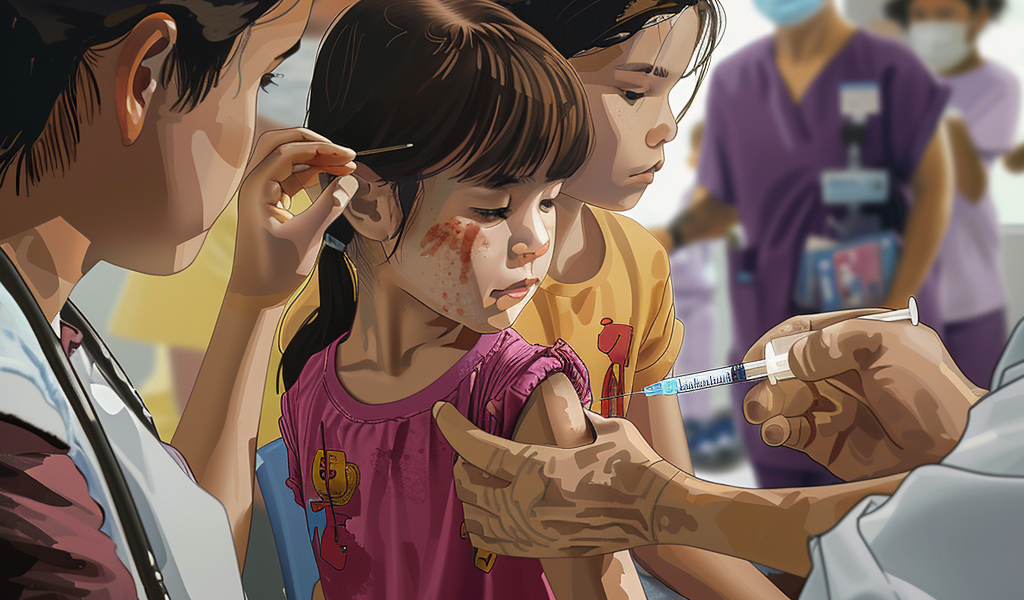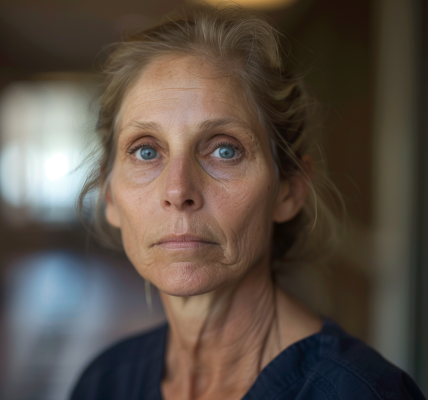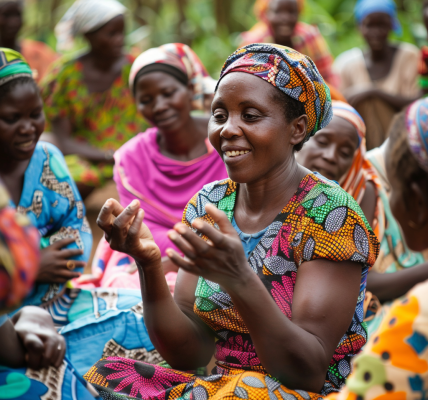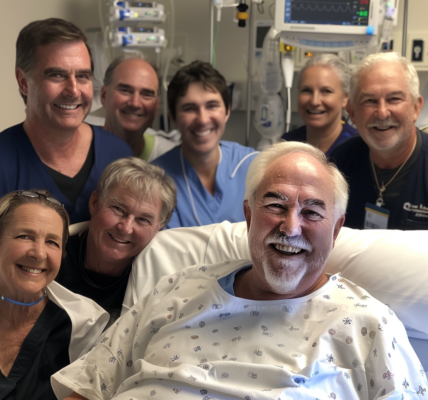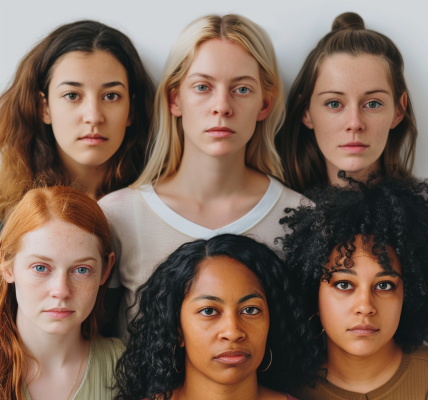A groundbreaking development in the fight against dengue fever has emerged as the World Health Organization (WHO) recently prequalified a new vaccine on 10 May 2024. Known as TAK-003, this innovative vaccine marks the second dengue vaccine to receive WHO prequalification. Crafted by Takeda, TAK-003 is a live-attenuated vaccine that contains weakened versions of the four serotypes of the dengue virus.
WHO has endorsed the usage of TAK-003 specifically for children aged between 6 and 16 years in regions burdened with high dengue prevalence and transmission rates. The vaccine is designed to be administered in a two-dose regimen, with a 3-month gap between doses, ensuring optimal effectiveness.
Dr. Rogerio Gaspar, the WHO Director for Regulation and Prequalification, expressed the significance of TAK-003’s prequalification in enhancing the global accessibility of dengue vaccines. This milestone now enables the procurement of TAK-003 by UN agencies such as UNICEF and PAHO, fostering broader vaccine distribution.
Furthermore, the WHO prequalification list already includes the CYD-TDV vaccine developed by Sanofi Pasteur, adding to the arsenal of dengue-fighting vaccines. Dengue, a mosquito-borne illness, poses a significant public health threat, with severe cases potentially leading to fatal complications.
Statistics reveal a staggering 100-400 million dengue cases worldwide annually, with 3.8 billion individuals residing in dengue-endemic regions, predominantly in Asia, Africa, and the Americas. The highest number of reported dengue cases was documented in 2023, with the WHO Region of the Americas recording 4.5 million cases and 2300 fatalities.
Given the anticipated rise in dengue cases due to factors like climate change and urbanization, the introduction of TAK-003 and other prequalified vaccines signifies a crucial step towards combatting this widespread disease. As efforts intensify to expand vaccine accessibility, the global community remains hopeful for more advancements in dengue vaccine development to safeguard vulnerable populations worldwide.

